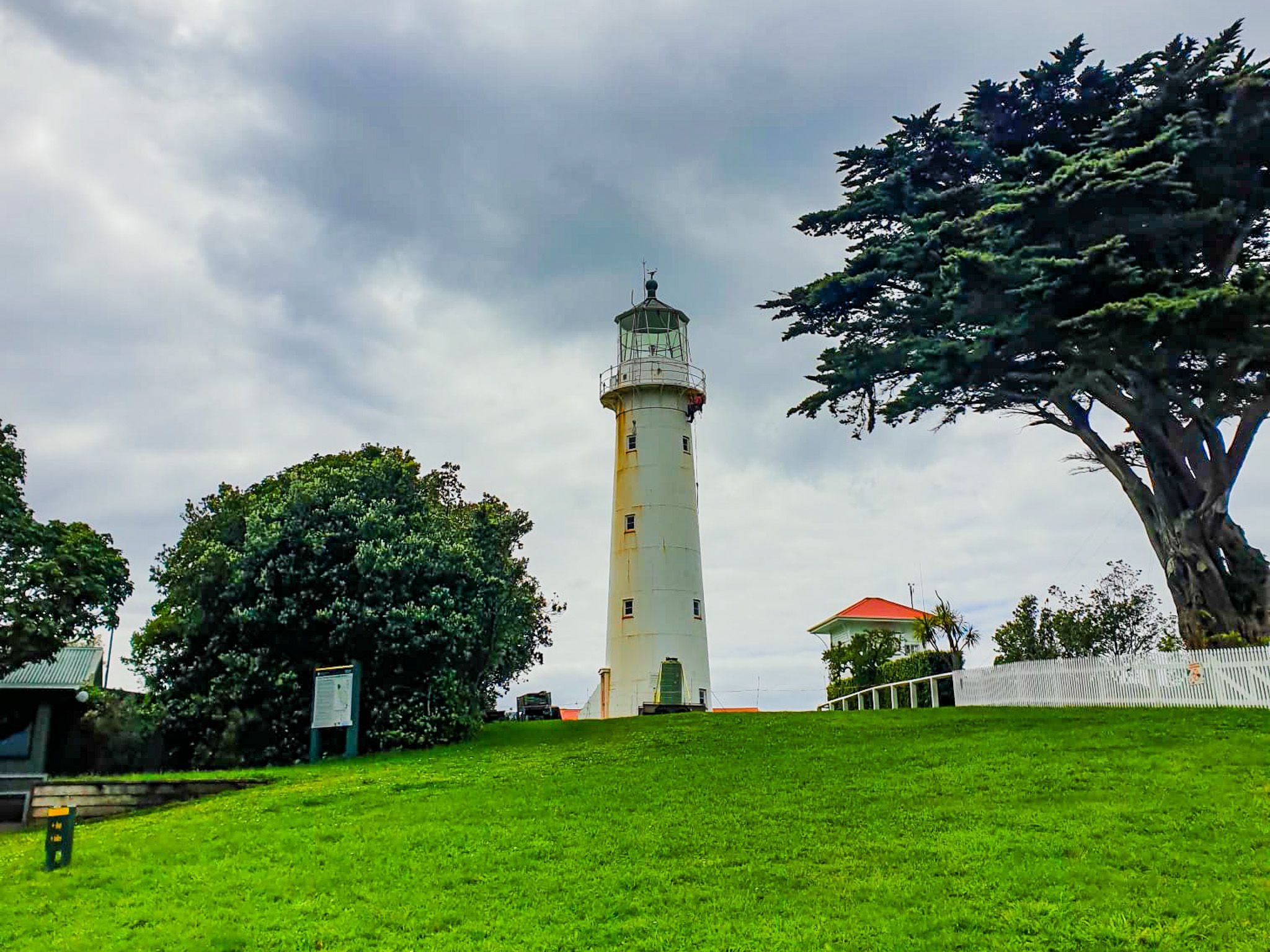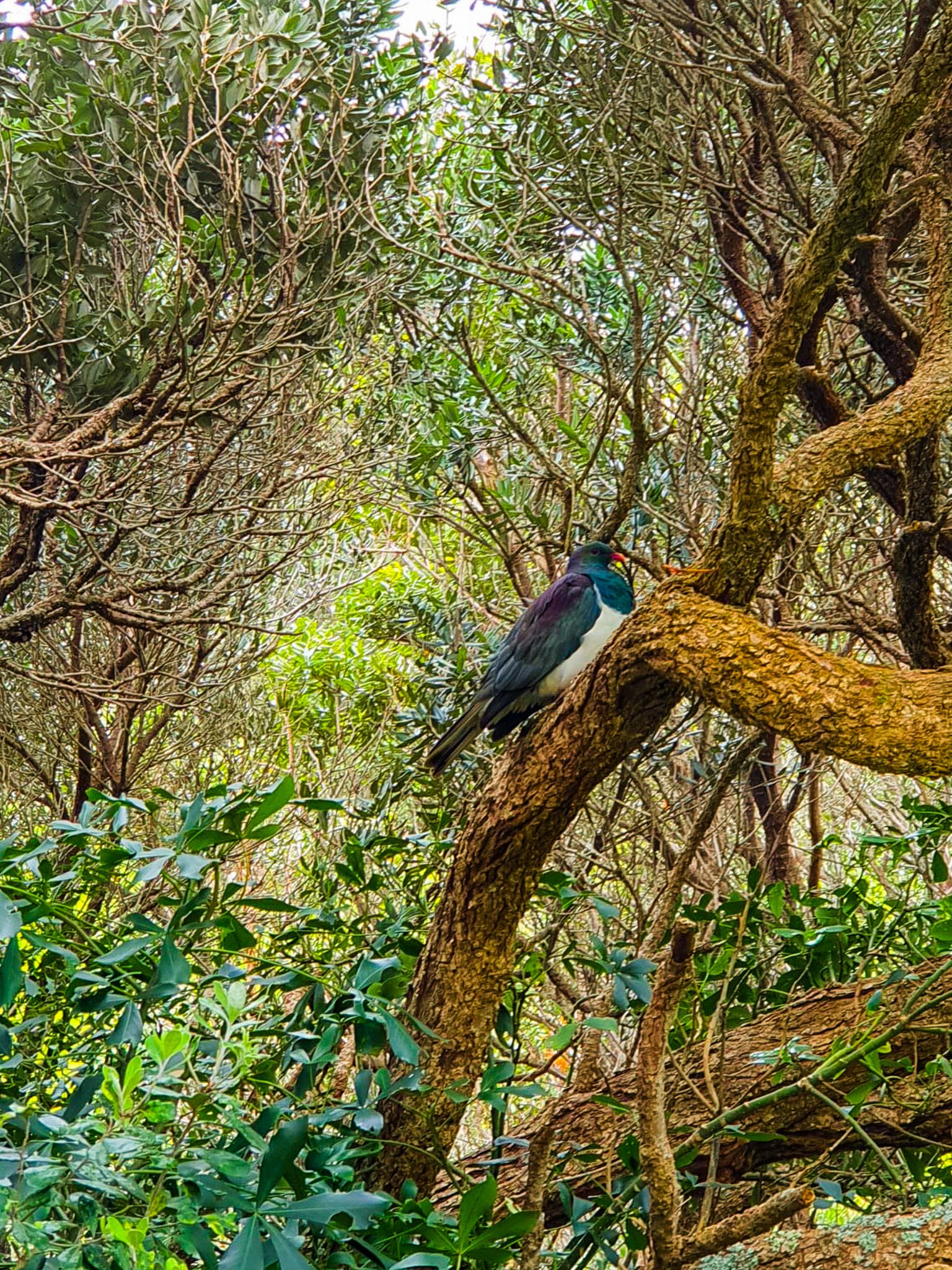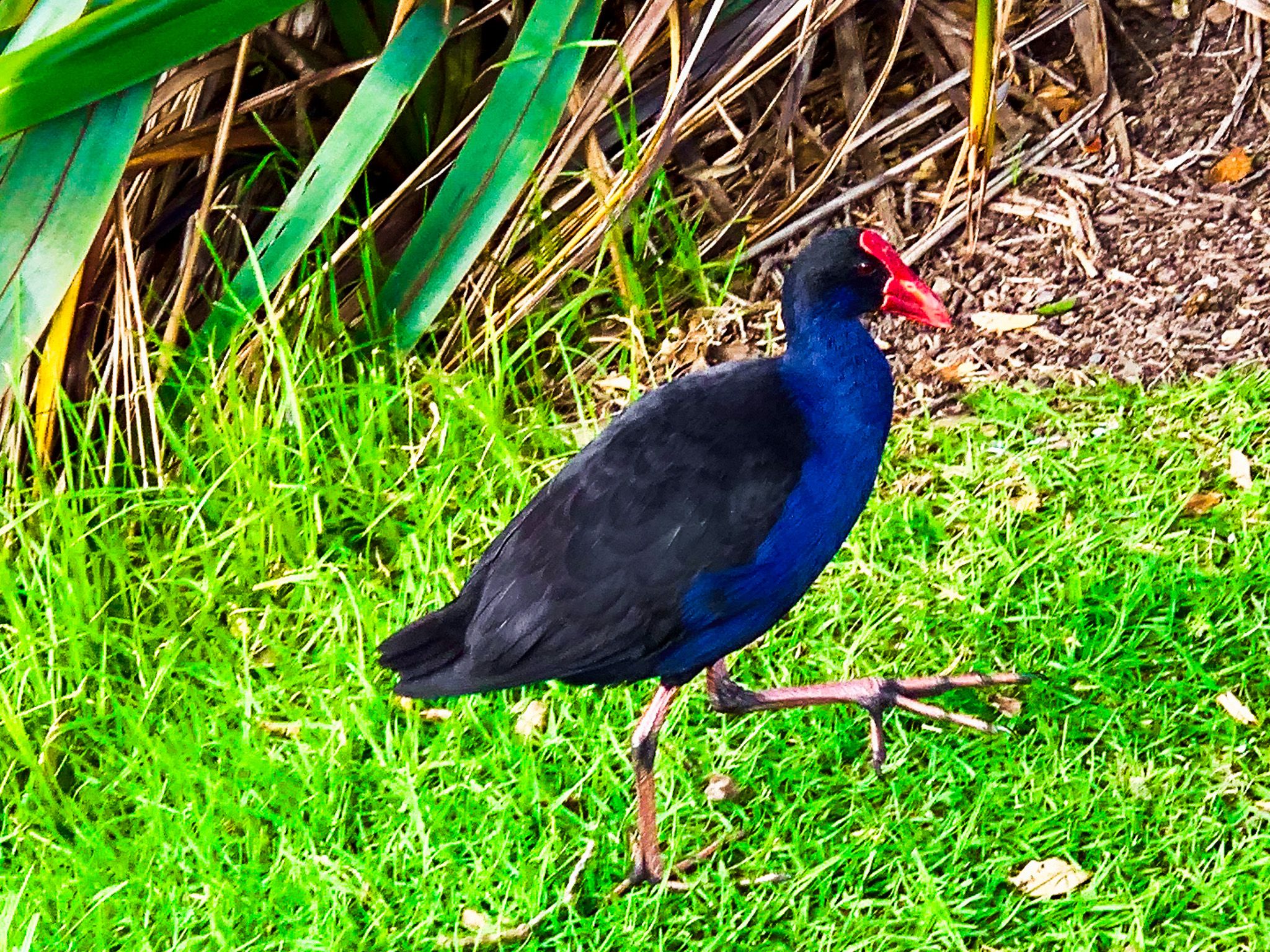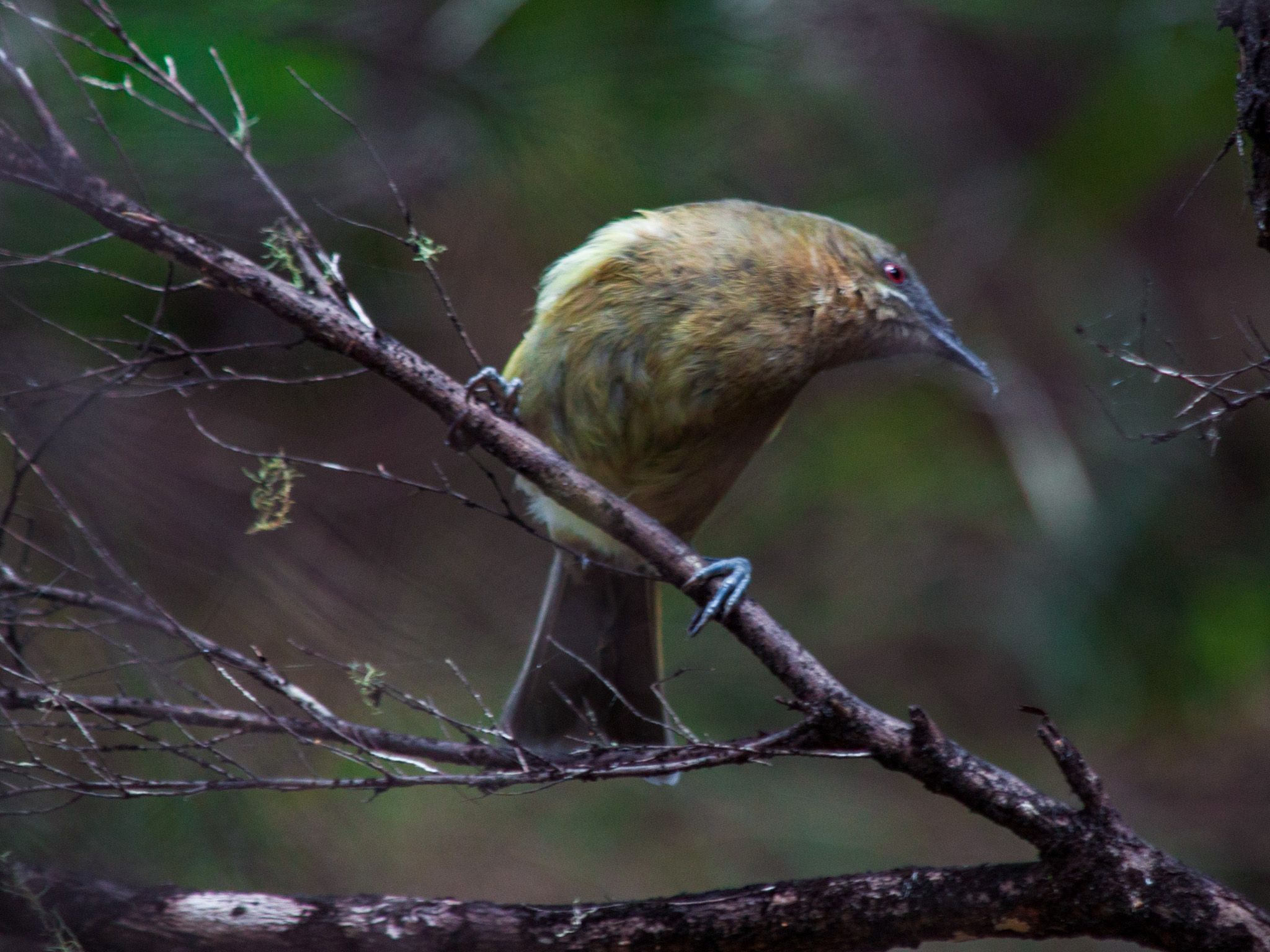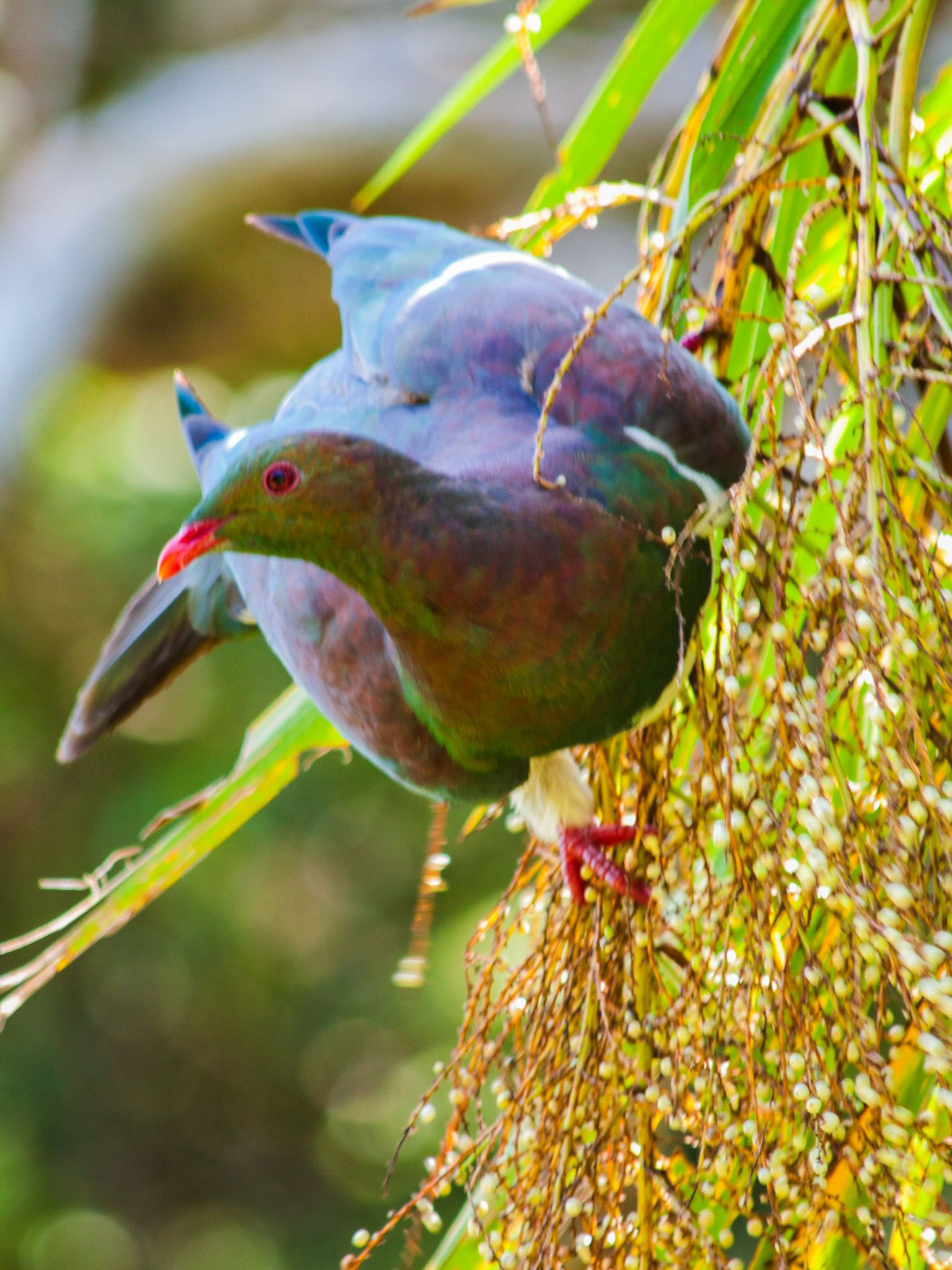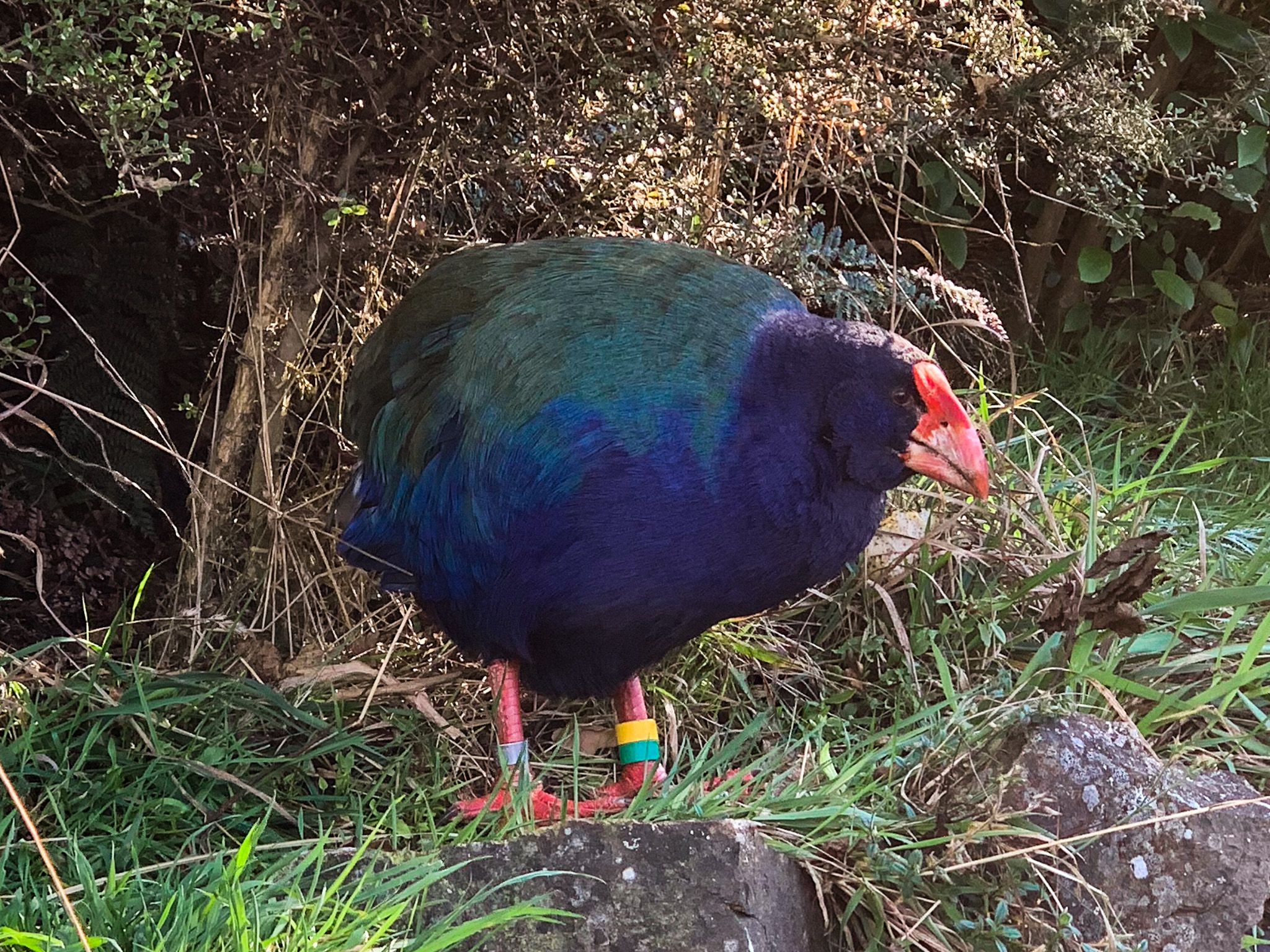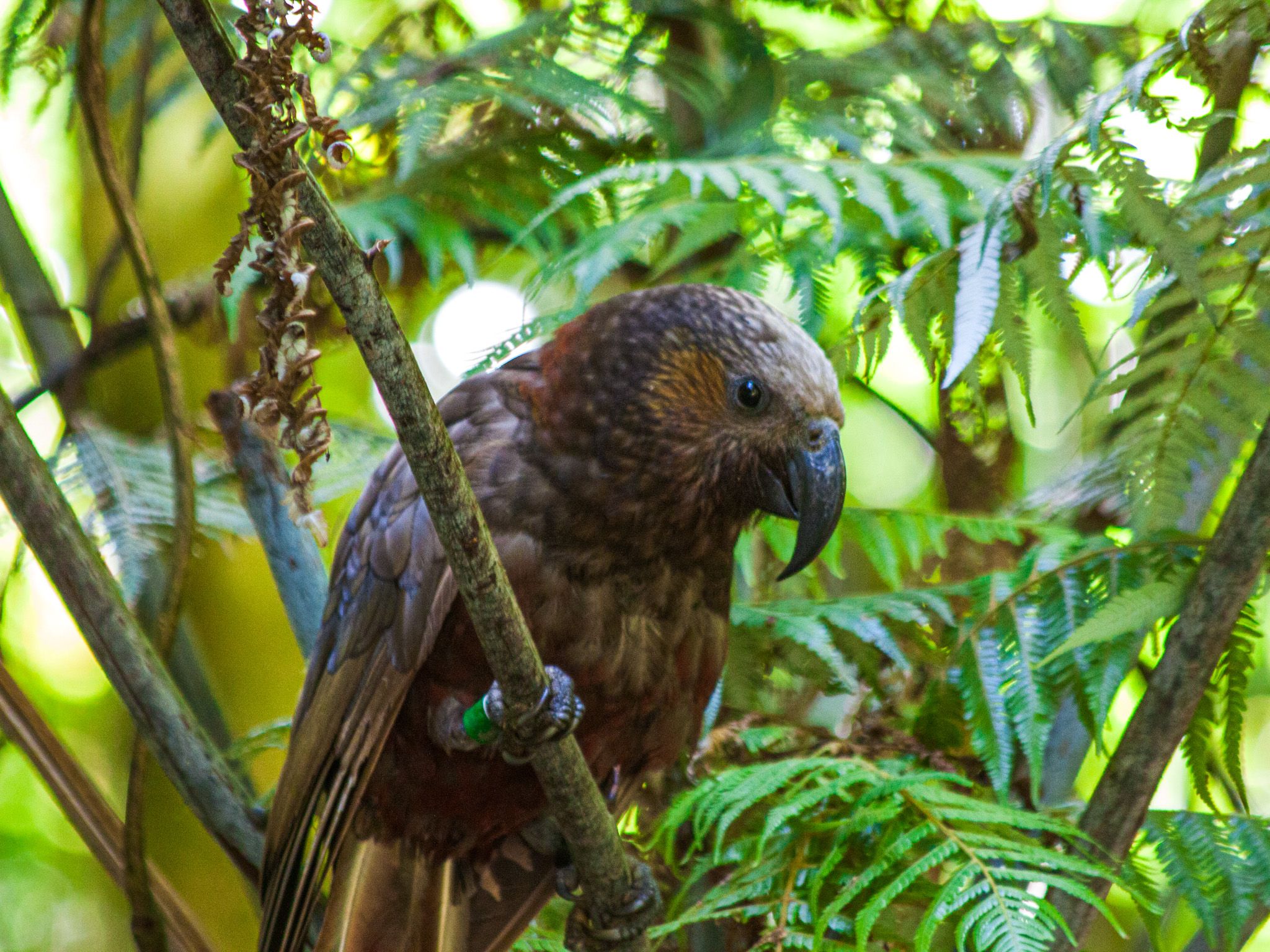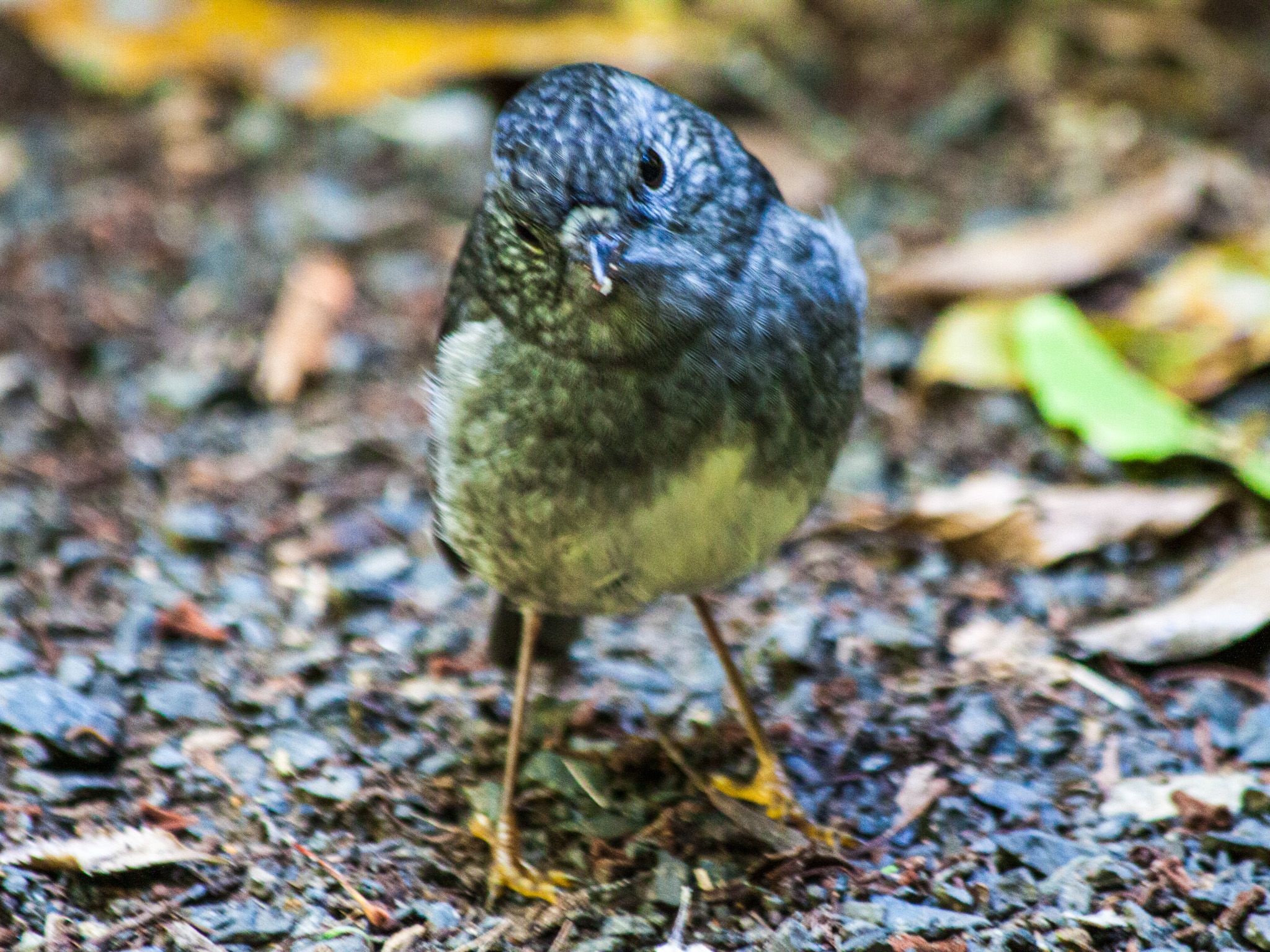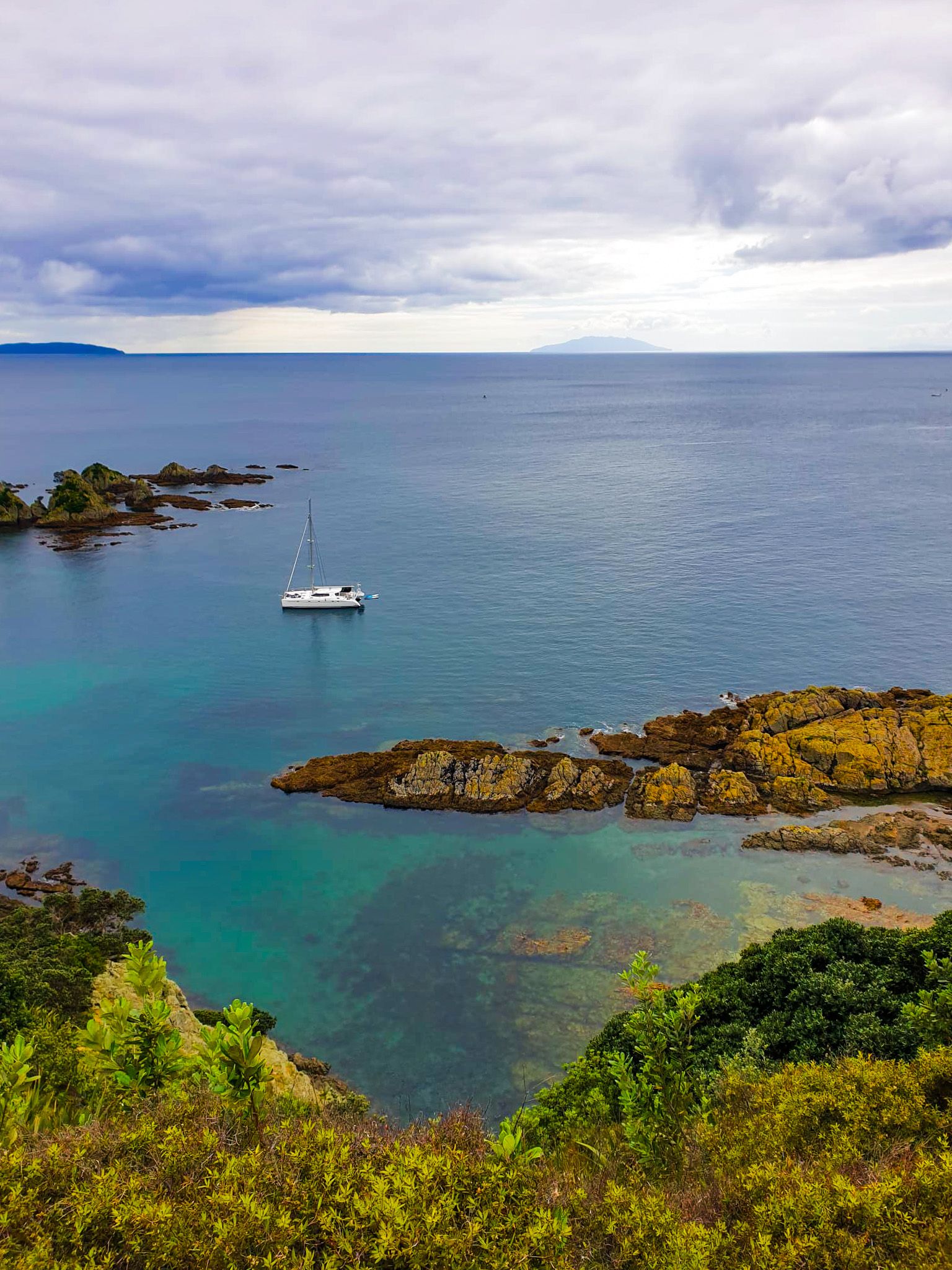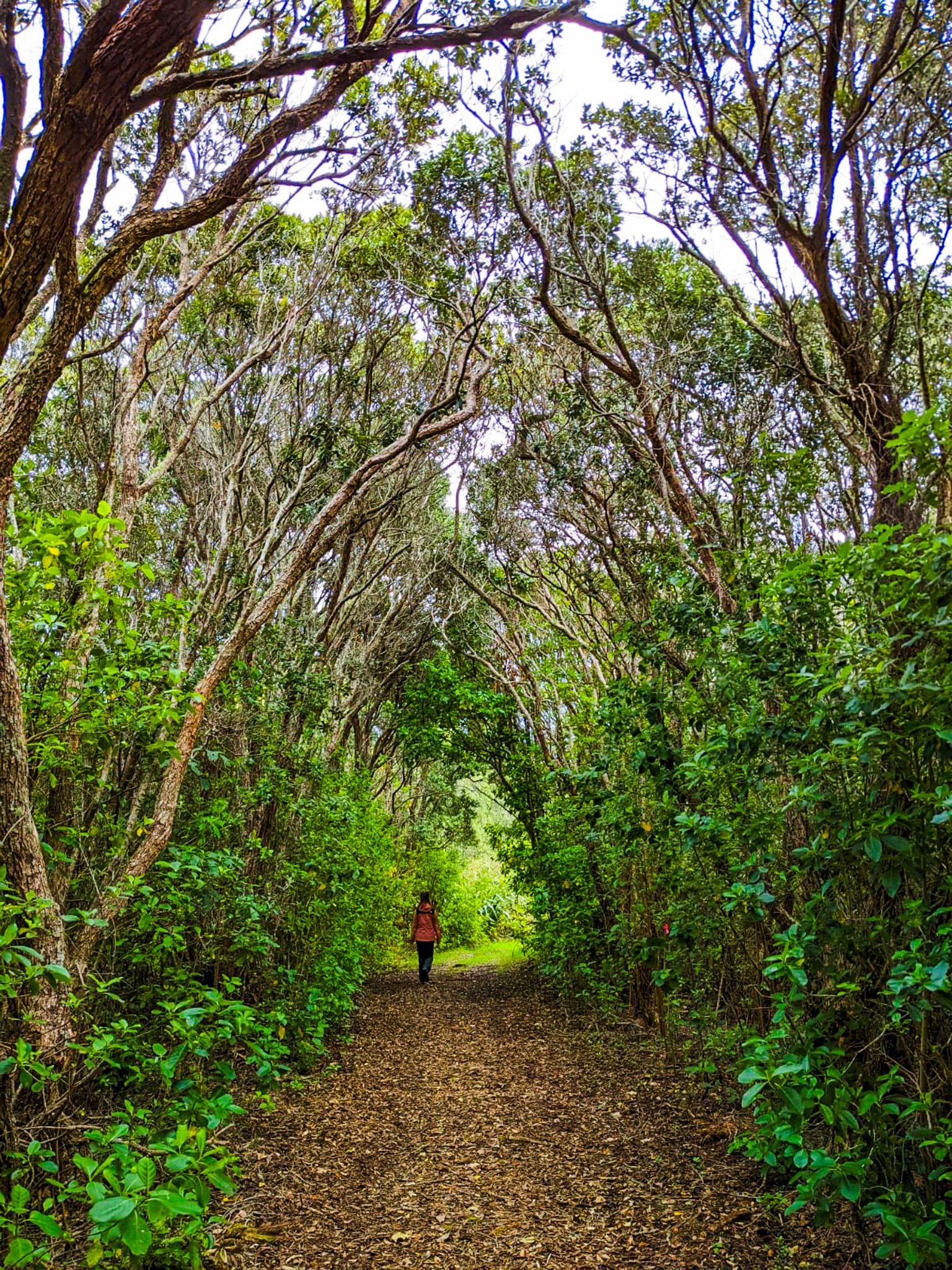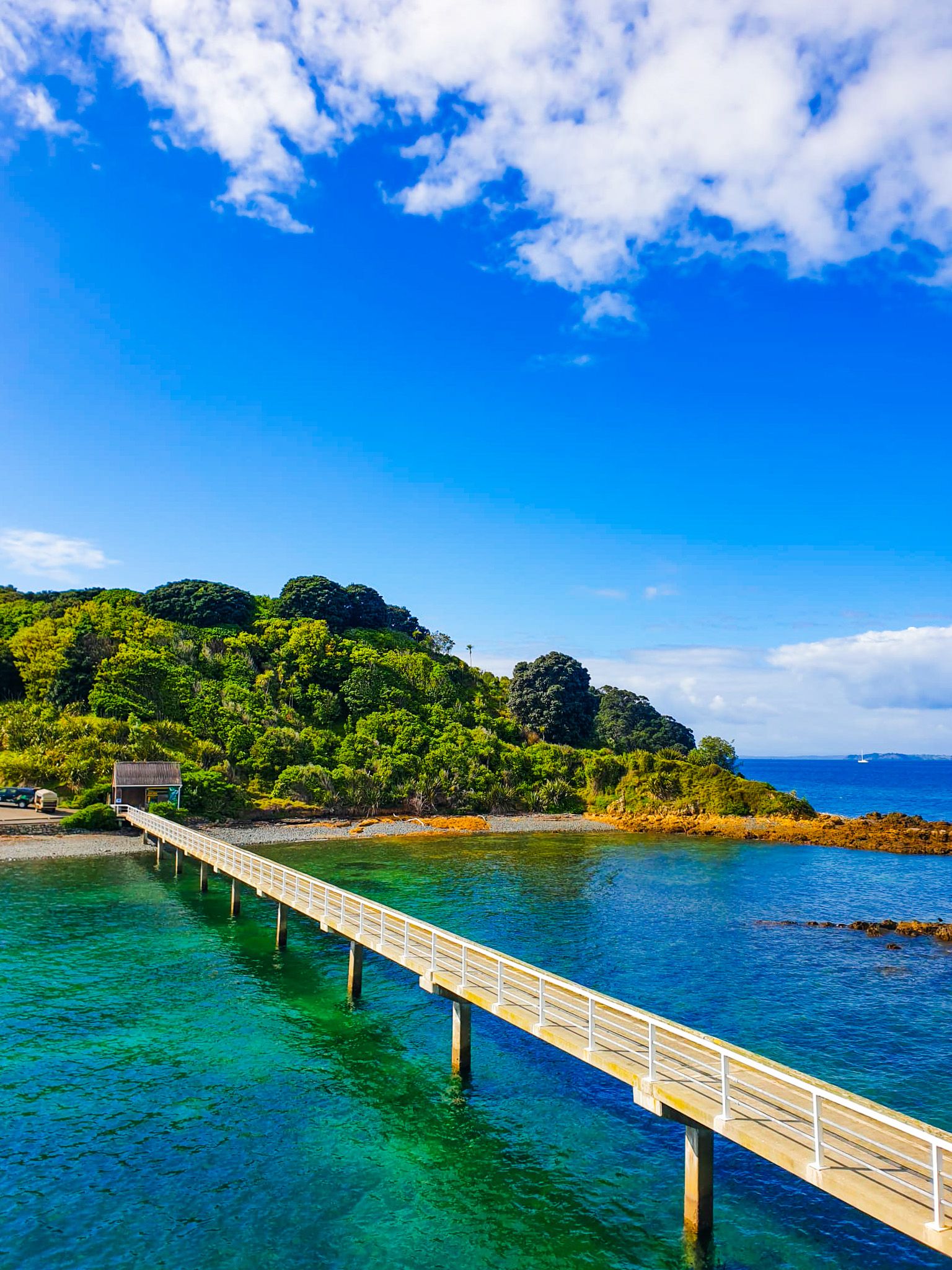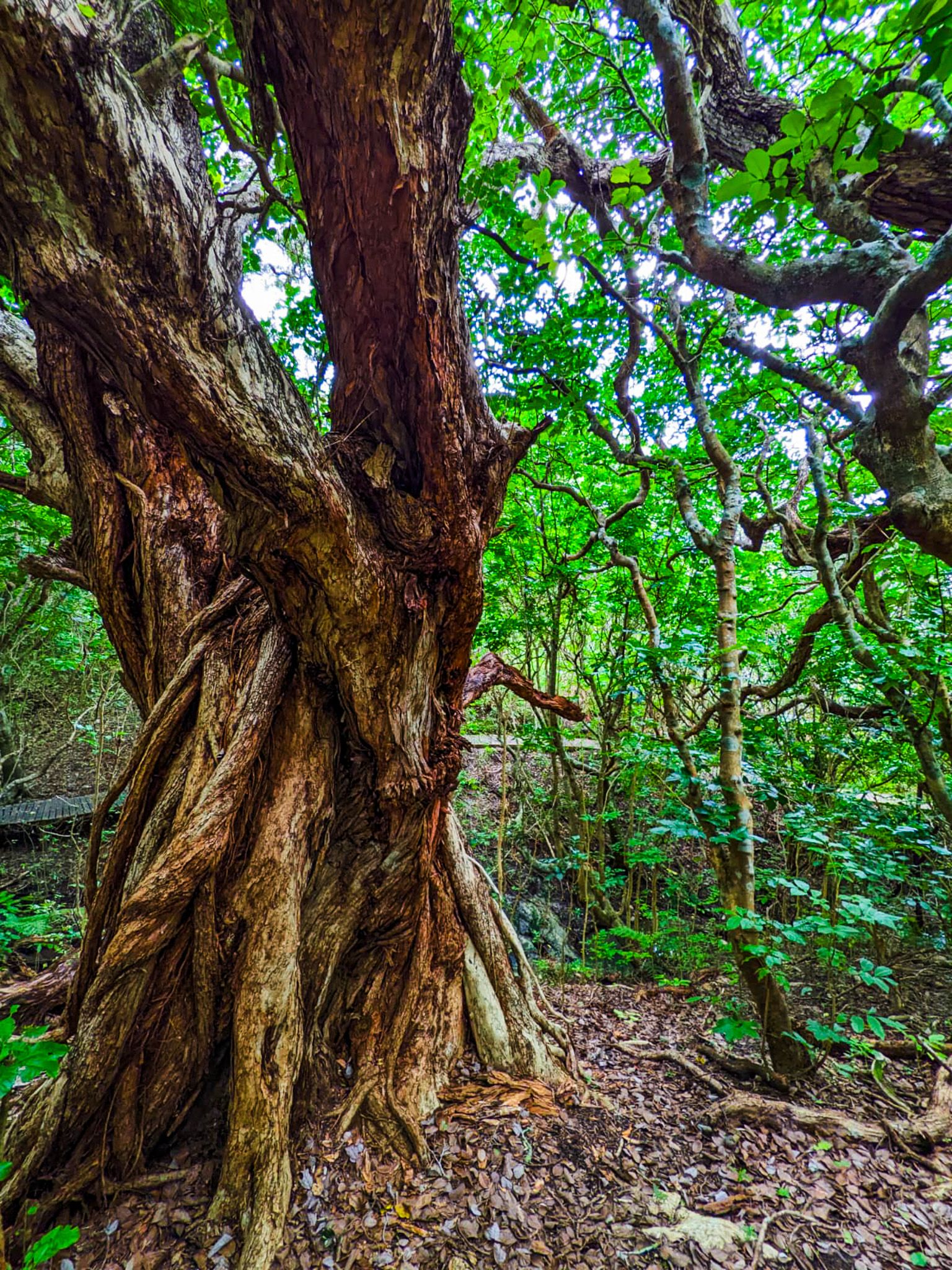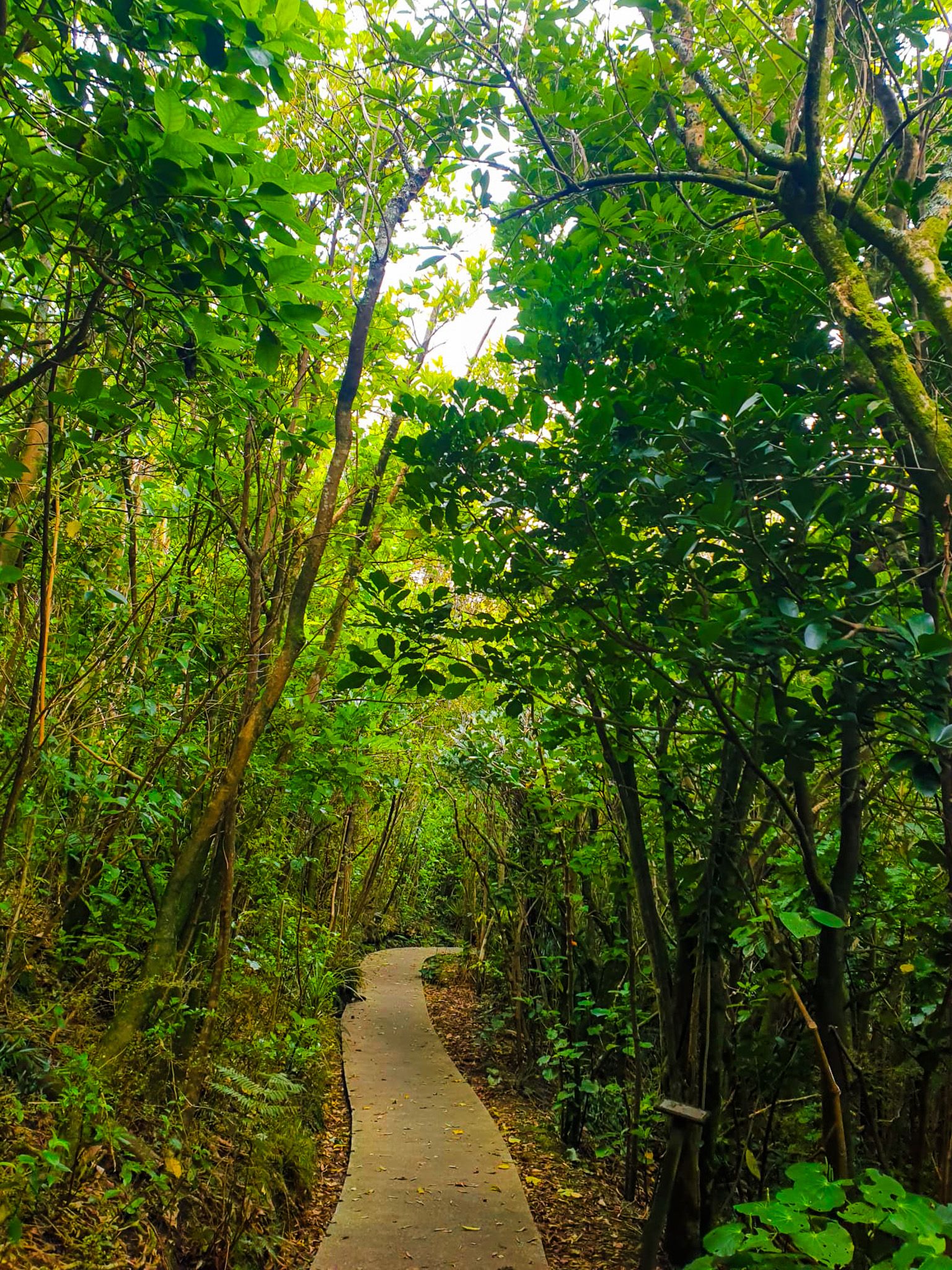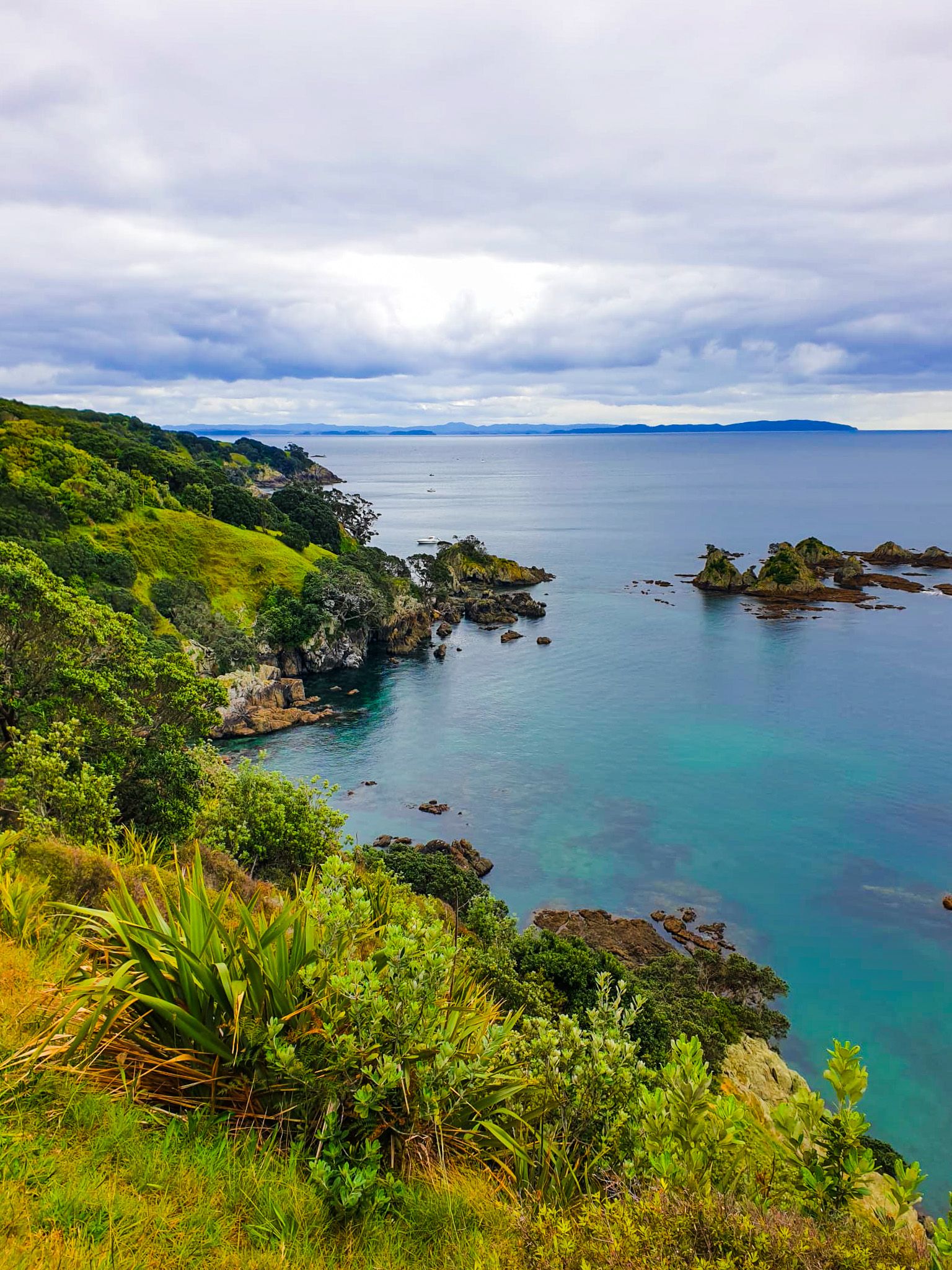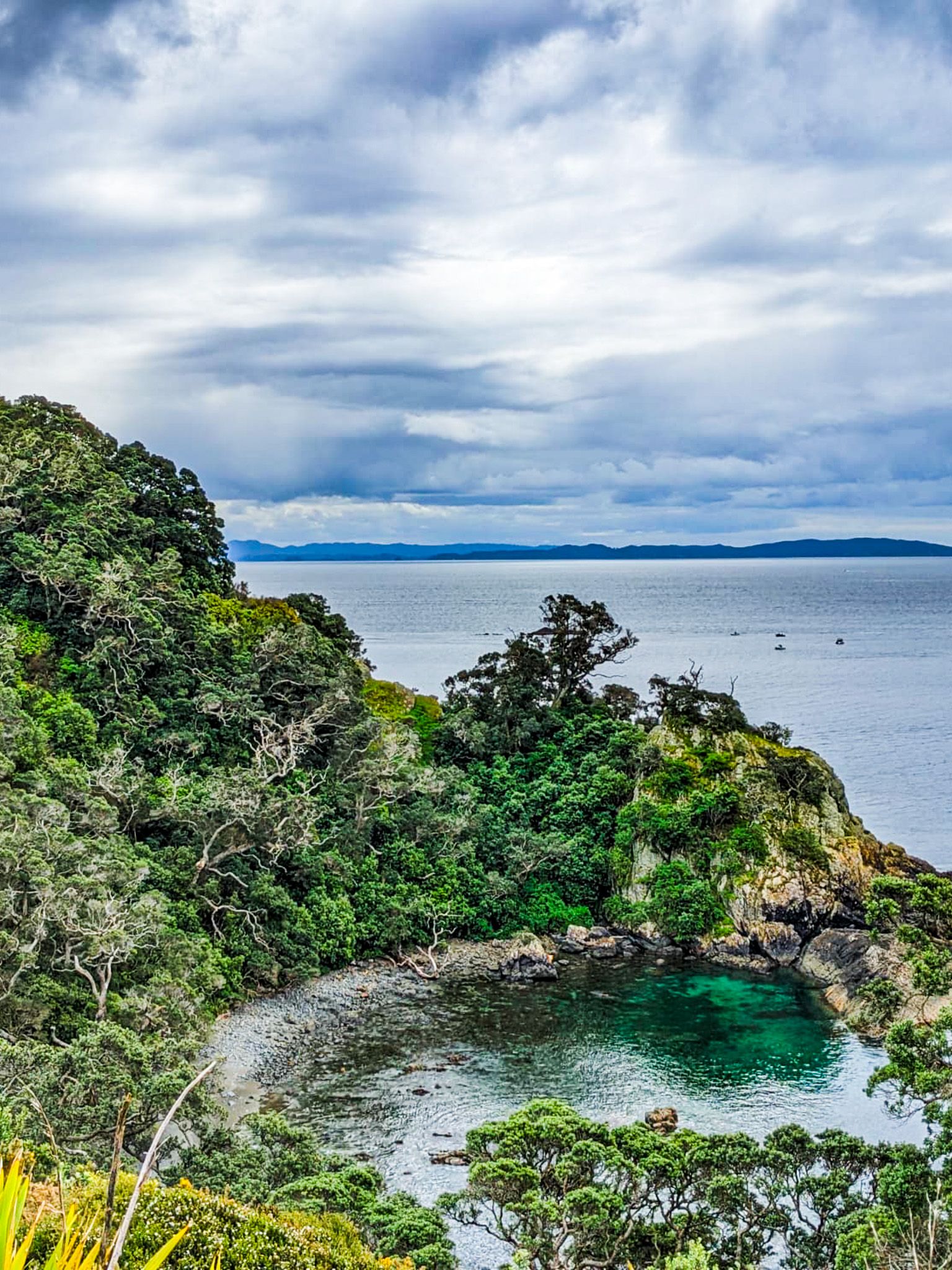Tiritiri Matangi: A Bird Sanctuary in the Hauraki Gulf
Tiritiri Matangi Island, located in the Hauraki Gulf of Auckland, is a renowned native bird sanctuary and a must-visit for bird enthusiasts. A boat ride from Downtown Auckland or Gulf Harbour on the Whangaparāoa Peninsula, the island offers a unique opportunity to explore regenerating native forests and observe rare bird species.
A Sanctuary for Native Birds
Covering an area of 2.2 square kilometres, Tiritiri Matangi Island is managed by the Supporters of Tiritiri Matangi. The island is home to a remarkable population of native birds, including the rare takahē, kōkako, and tīeke. Visitors who stay overnight may even have the chance to spot kiwi. The island also features blue penguin breeding boxes, making these birds easily observable.
Historical Significance
The island's history dates back to its first settlers, the Kawerau iwi and there are two historical pā sites: Tiritiri Matangi Pā and Papakura Pā. The name "Tiritiri Matangi" translates to "tossed by the wind" in Māori. Later, Ngāti Pāoa settled on the island, but control returned to Kawerau around 1700. During the Musket Wars in 1821, Kawerau iwi retreated to Waikato following an attack by Hongi Hika.
In 1841, Ngāti Pāoa sold the land to the government, leading to a dispute with Kawerau. However, in 1867, the Māori Land Court awarded the title to the government. Initially, it was a lighthouse reserve, with the lighthouse added in 1864; however, it was subsequently farmed for over 100 years.
Revegetation and Conservation Efforts
From 1863 to 1971, the island was cleared and farmed under lease before returning to government control. Initially, the plan was to allow natural revegetation; however, progress was slow, and scientific investigation revealed that natural revegetation was unlikely.
Some progress was made, with funding coming from the World Wildlife Fund and the government in the early to mid-1980s. In 1988, Jim Battersby and his wife, Barbie, founded the Supporters of Tiritiri Matangi, which led to the planting of 250,000 native trees and shrubs, covering approximately 80% of the island. This effort was part of a broader movement to create predator-free havens for rare native birds around the Gulf.
As the forest was reestablished, eleven native bird species were introduced, including kākāriki, tīeke, pāteke, pōpokotea, takahē, little spotted kiwi, hihi, kōkako, mātātā, miromiro, and titipounamu. Additionally, rare tuatara, gecko, and weta punga have been added to the island's ecosystem.
Lighthouse and Visitor Facilities
The lighthouse, constructed in 1864 near the island's southern end, remains operational and is among the world's most powerful, with an 80 km range. Visitors can explore the shop and visitor centre near the lighthouse, which also offers overnight accommodations. The grassy areas surrounding the lighthouse provide an ideal spot for a picnic, where you might encounter the island's friendly takahē.
How to Get There
To visit Tiritiri Matangi Island, take a ferry from Downtown Auckland, which takes about an hour, or opt for a shorter 10-minute ride from Gulf Harbour on the Whangaparāoa Peninsula. With over 30,000 visitors annually, booking in advance is essential.
Nearby, you can explore other conservation projects on islands such as Motuihe, Motuora, Motutapu, and Rotoroa, as well as Tāwharanui Regional Park and Shakespear Regional Park on the Whangaparāoa Peninsula. However, Tiritiri Matangi remains a premier destination for bird watchers.
